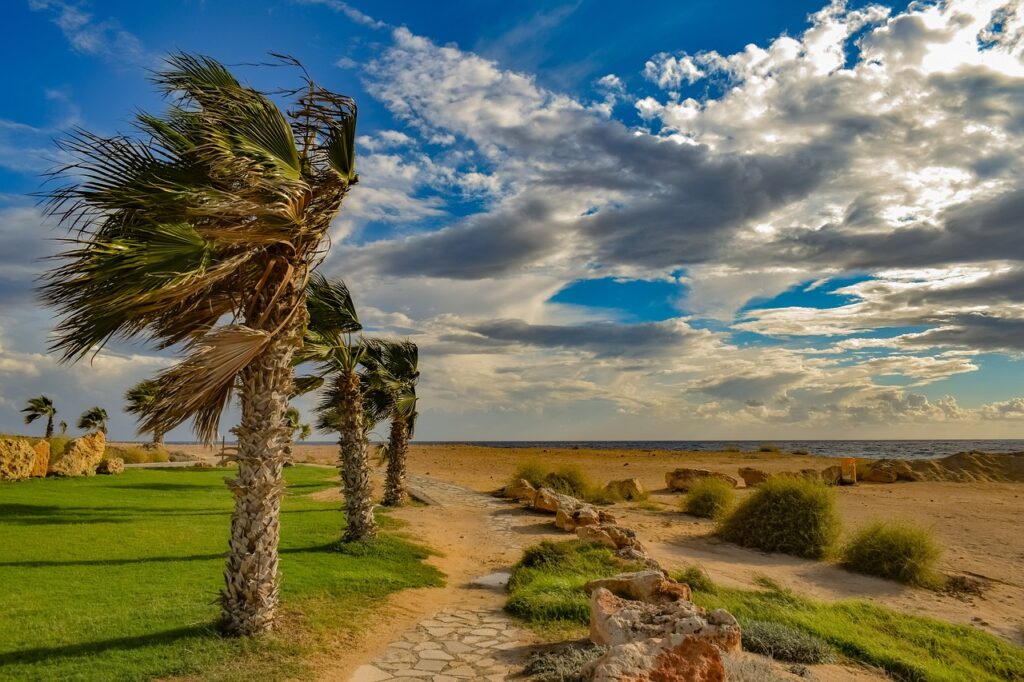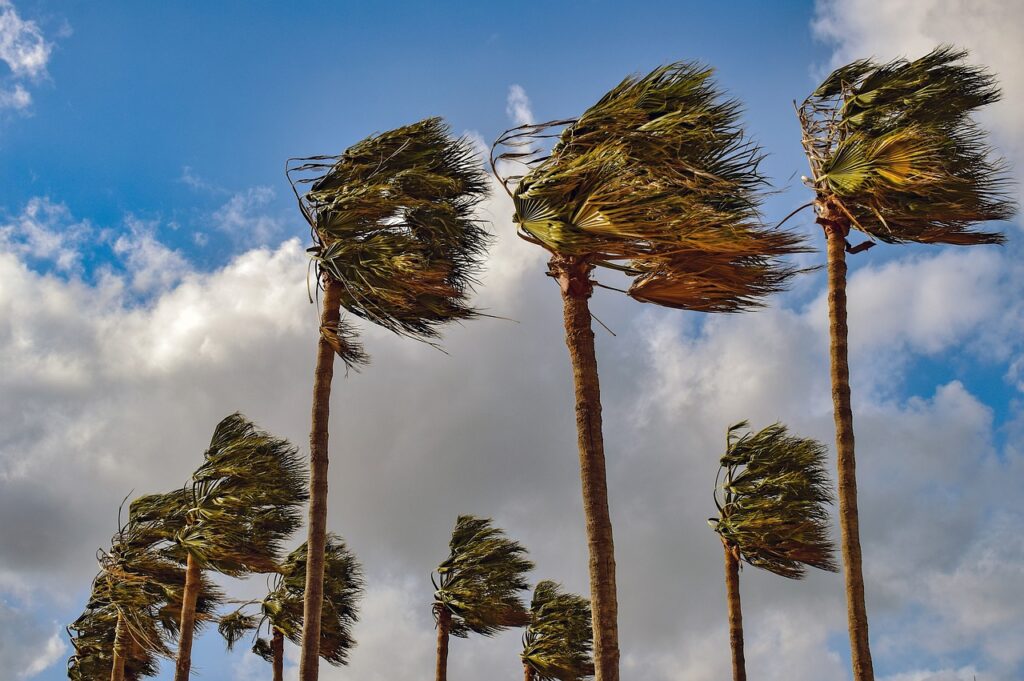Percy Bysshe Shelley’s “Ode to the West Wind”, written in 1819 and published in 1820, stands as one of the finest Romantic odes, blending nature, politics, and personal emotion with striking imagery and passionate lyricism. Composed in terza rima (a rare rhyme scheme in English poetry), the poem consists of five cantos that together form a symphonic structure—beginning with awe, moving through invocation, and ending in hope.
The West Wind, a natural force both destructive and regenerative, becomes Shelley’s central metaphor. It is addressed as a mighty spirit—wild, invisible, and omnipresent—capable of sweeping away decay and ushering in new life. Shelley’s invocation of the Wind evolves from admiration to desperate identification: as a poet weighed down by despair, he longs to be lifted, inspired, and reborn through its elemental power. Deeply personal and yet universally resonant, the poem captures the Romantic vision of nature as a living force and the artist as its willing instrument. It also reflects Shelley’s revolutionary spirit—his belief in the transformative power of poetry and political renewal.
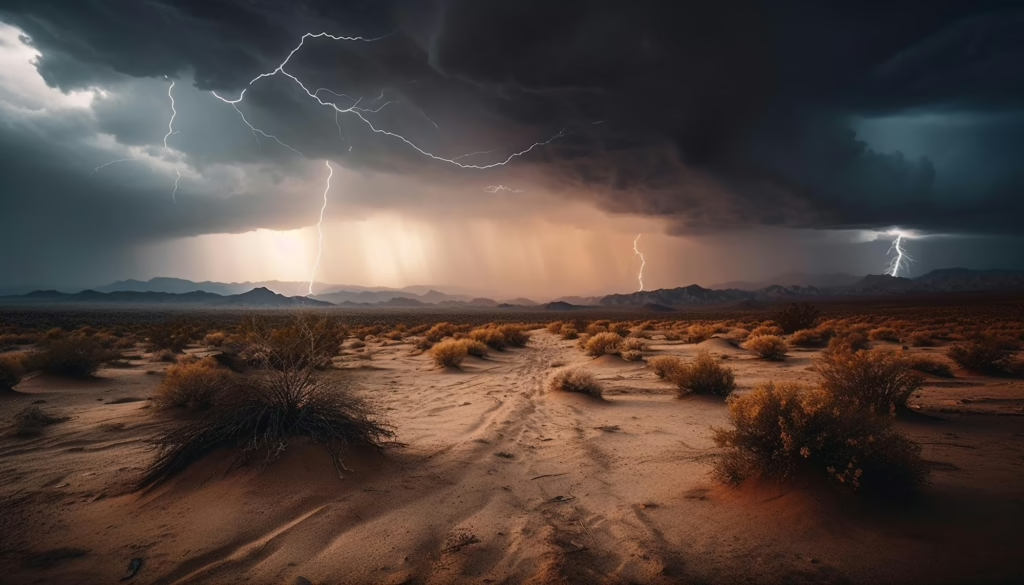
Canto I
O wild West Wind, thou breath of Autumn’s being,
Shelley begins by directly addressing the West Wind, invoking it as a living force—the very “breath” that animates Autumn. The wind is wild, uncontrollable, and tied intimately to the season of change and decay.
Figures of Speech: Apostrophe (addressing an abstract force); Personification (wind as a breathing being); Metaphor (“breath of Autumn’s being”)
Thou, from whose unseen presence the leaves dead
Are driven, like ghosts from an enchanter fleeing,
Even though the wind is invisible, its presence causes the dead leaves to scatter as if frightened spirits fleeing a sorcerer. This builds the image of the wind as a mysterious, magical, and powerful force that controls natural decay.
Figures of Speech: Simile (“like ghosts”); Personification (“unseen presence”); Supernatural Imagery; Enjambment (idea continues across lines)
Yellow, and black, and pale, and hectic red,
These are the sickly colors of the autumn leaves, symbolic of death, disease, and decline. “Hectic red” suggests the feverish flush seen in terminal illness, emphasizing the dying state of nature.
Figures of Speech: Imagery (color and decay); Symbolism; Enumeration (four adjectives create a rhythmic listing effect)
Pestilence-stricken multitudes: O thou,
Who chariotest to their dark wintry bed
The wind is now imagined as carrying diseased multitudes (the leaves) to their “wintry bed,” which means burial in the cold ground. The verb “chariotest” portrays the wind as a powerful driver or force of movement.
Figures of Speech: Metaphor (wind as a charioteer); Personification; Alliteration (“wintry bed”); Symbolism (winter = death)
The wingèd seeds, where they lie cold and low,
Each like a corpse within its grave, until
Shelley compares seeds scattered by the wind to corpses lying buried underground. Though dormant now, they await resurrection in spring. This begins the poem’s shift from destruction to latent renewal.
Figures of Speech: Simile (“like a corpse”); Personification; Symbolism (seeds = future life)
Thine azure sister of the Spring shall blow
Shelley refers to the spring wind, Zephyr as the “azure sister” of the West Wind, creating a familial bond between seasonal forces. This spring wind will awaken the seeds from the earth, beginning the cycle of life anew.
Figures of Speech: Personification (“sister of the Spring”); Metaphor; Symbolism (Spring = rebirth, hope)
Her clarion o’er the dreaming earth, and fill
(Driving sweet buds like flocks to feed in air)
With living hues and odours plain and hill:
Spring’s trumpet-like wind (clarion) will awaken the earth and bring forth buds and blossoms, filling plains and hills with colors and fragrance. Nature, long dormant, comes back to life in this image of pastoral beauty.
Figures of Speech: Metaphor (“clarion” = trumpet); Simile (“like flocks”); Personification; Synesthesia (“living hues and odours” blends senses); Imagery (visual, olfactory, pastoral)
Wild Spirit, which art moving everywhere;
Destroyer and Preserver; hear, oh hear!
In the final lines of the stanza, Shelley addresses the West Wind again as a universal force—omnipresent, both destroyer of the old and preserver of the new. The poet pleads with the wind to listen to him, acknowledging its double nature.
Figures of Speech: Oxymoron (“Destroyer and Preserver”); Apostrophe; Antithesis; Personification

Canto II
Thou on whose stream, mid the steep sky’s commotion,
Shelley imagines the West Wind as a force flowing like a stream through the chaotic and stormy sky.
Figures of Speech: Metaphor (wind as stream), Visual imagery, Personification
Loose clouds like earth’s decaying leaves are shed,
The clouds are compared to dead autumn leaves, shaken loose and scattered by the wind.
Figures of Speech: Simile, Symbolism (leaves as death/decay), Visual imagery
Shook from the tangled boughs of Heaven and Ocean,
The wind shakes the clouds from the sky and sea, imagined here as massive trees with twisted branches.
Figures of Speech: Metaphor, Personification, Imagery
Angels of rain and lightning:
These clouds are described as divine messengers—angels that bring storms.
Figures of Speech: Metaphor, Religious allusion, Personification
there are spread
On the blue surface of thine aëry surge,
These angel-clouds are spread across the blue sky, which is imagined as a surging wave of air moved by the West Wind.
Figures of Speech: Metaphor, Synesthesia (blending sky with motion of waves), Imagery
Like the bright hair uplifted from the head
Of some fierce Maenad,
The flowing, scattered clouds are likened to bright, flying hair from the head of a Maenad—a wild, ecstatic follower of Bacchus in Greek mythology.
Figures of Speech: Simile, Mythological allusion, Visual imagery
even from the dim verge
Of the horizon to the zenith’s height,
The Maenad’s hair (i.e., the storm-clouds) is spread from the horizon to the highest point in the sky, emphasizing the scale of the approaching storm.
Figures of Speech: Hyperbole, Spatial imagery
The locks of the approaching storm.
The cloud-masses are the wind-blown locks (hair) of the oncoming storm—both beautiful and threatening.
Figures of Speech: Metaphor, Personification
Thou dirge
Of the dying year,
Shelley calls the wind a “dirge” (funeral song), mourning the end of the year as autumn gives way to winter.
Figures of Speech: Metaphor, Apostrophe, Symbolism (end of the year as death)
to which this closing night
Will be the dome of a vast sepulchre,
The coming night is envisioned as a great tomb’s dome, covering the dead year.
Figures of Speech: Metaphor, Visual imagery, Symbolism (sepulchre = death, finality)
Vaulted with all thy congregated might
Of vapours,
The tomb-like sky is built from the West Wind’s collected vapours—storm clouds forming a massive arched roof.
Figures of Speech: Architectural metaphor, Alliteration (“vaulted…vapours”), Personification
from whose solid atmosphere
Black rain, and fire, and hail will burst:
The storm-cloud dome is so thick it feels solid, and from it will erupt rain, lightning (“fire”), and hail.
Figures of Speech: Tricolon, Synecdoche (fire = lightning), Dramatic and tactile imagery
oh hear!
A passionate appeal repeated from Canto I. Shelley is imploring the wind to listen, reflecting emotional urgency.
Figures of Speech: Apostrophe, Repetition, Exclamatory tone
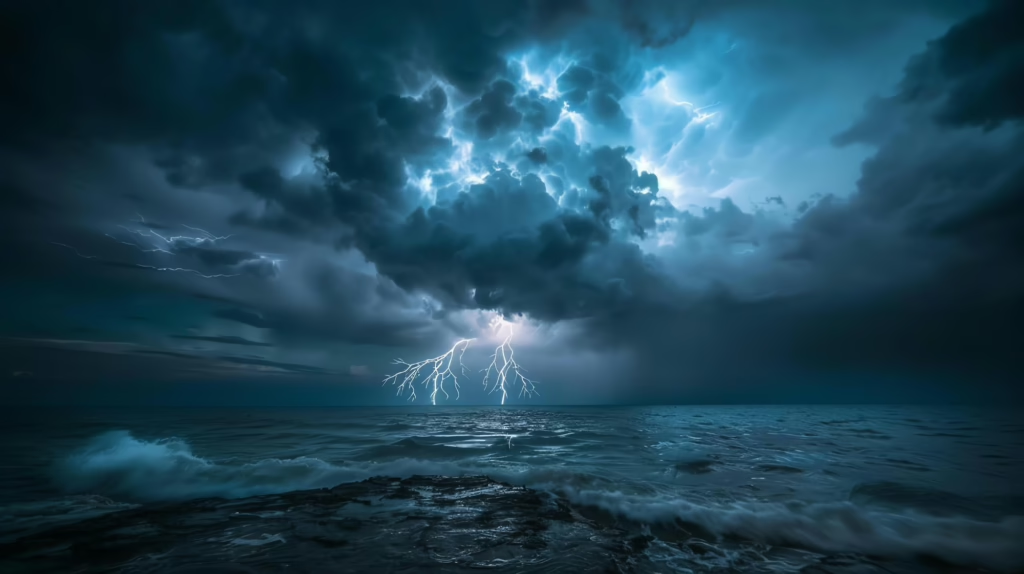
Canto III
Thou who didst waken from his summer dreams
The blue Mediterranean, where he lay,
Lull’d by the coil of his crystalline streams,
Shelley addresses the West Wind as the one who disturbed the calm, dreamy sleep of the Mediterranean Sea, which had been lying peacefully, lulled by the gentle movement of its clear waters.
Figures of Speech: Personification (the Mediterranean sleeps and dreams), Apostrophe, Alliteration (“coil…crystalline”), Visual and tactile imagery
Beside a pumice isle in Baiae’s bay,
And saw in sleep old palaces and towers
Quivering within the wave’s intenser day,
The sea lies near an island of volcanic pumice in the Bay of Baiae (an ancient Roman resort). In its sleep, it sees images of submerged ruins — palaces and towers — trembling under the pressure of the intense light filtering through the water.
Figures of Speech: Allusion (Baiae), Personification (sea “sees in sleep”), Visual imagery, Symbolism (ruins = lost grandeur)
All overgrown with azure moss and flowers
So sweet, the sense faints picturing them!
The underwater ruins are covered with blue moss and marine flowers so beautiful that their imagined scent or sight overwhelms the senses to the point of fainting.
Figures of Speech: Hyperbole, Visual and olfactory imagery, Personification (“the sense faints”)
Thou
For whose path the Atlantic’s level powers
Cleave themselves into chasms, while far below
The sea-blooms and the oozy woods which wear
The sapless foliage of the ocean, know
Thy voice, and suddenly grow gray with fear,
And tremble and despoil themselves: oh hear!
Shelley describes how the Atlantic Ocean makes way for the West Wind — it splits into deep chasms, revealing the seabed. Even the lifeless ocean plants (“sapless foliage”) deep below feel the wind’s approach, recognize its “voice,” and in fear, change color and shed themselves. The canto ends with Shelley once again pleading for the West Wind to hear him.
Figures of Speech:
- Extended Personification (the ocean and its plants react emotionally)
- Metaphor (“thy voice” = wind’s presence)
- Imagery (visual, tactile, and auditory)
- Repetition (“oh hear!” as a refrain)
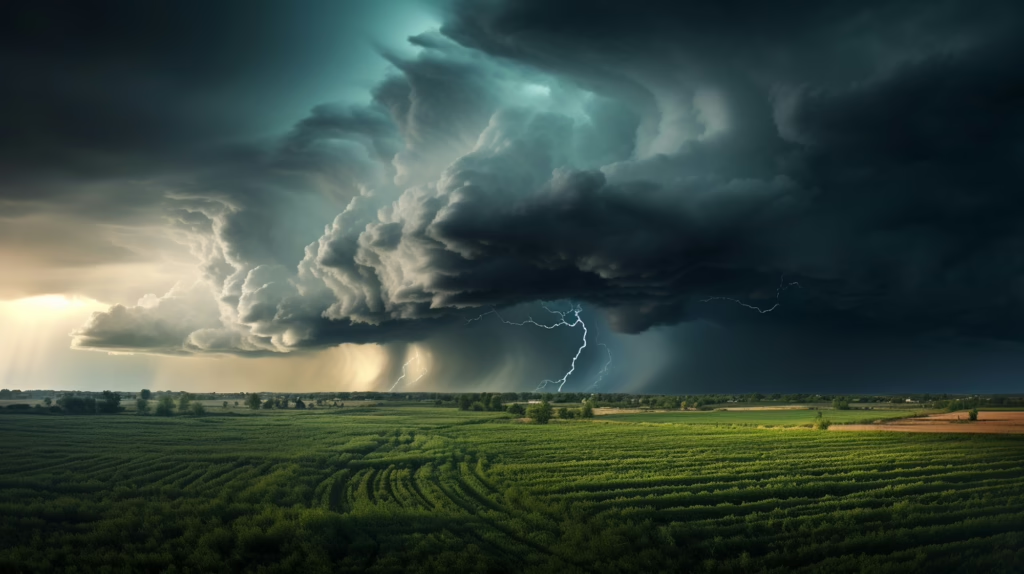
Canto IV
If I were a dead leaf thou mightest bear;
If I were a swift cloud to fly with thee;
A wave to pant beneath thy power, and share
The impulse of thy strength, only less free
Than thou, O uncontrollable!
Shelley expresses his deep yearning to merge with the West Wind. He wishes he were a dead leaf, a flying cloud, or an ocean wave—each one moved, carried, or stirred by the wind. But even if he were one of these, he acknowledges that he’d still be “less free” than the mighty and “uncontrollable” wind.
Figures of Speech:
- Anaphora (repetition of “If I were…”)
- Apostrophe (direct address to the wind)
- Personification (clouds “fly,” waves “pant”)
- Metaphor (wind as symbol of complete freedom)
If even
I were as in my boyhood, and could be
The comrade of thy wanderings over Heaven,
As then, when to outstrip thy skiey speed
Scarce seemed a vision;
Here, Shelley shifts his longing from nature to his own past. He wishes he were like his younger self, when he felt so free that he imagined keeping pace with the wind across the sky. Childhood is portrayed as a time of energetic imagination and kinship with nature.
Figures of Speech:
- Nostalgia and Romantic idealization of childhood
- Personification (wind as a “comrade”)
- Imagery (flying through “Heaven” with the wind)
- Alliteration (“skiey speed… seemed”)
I would ne’er have striven
As thus with thee in prayer in my sore need.
If he still had the spirit of his youth, Shelley says, he would not be pleading with the wind now in desperation. His present struggle contrasts with his former freedom.
Figures of Speech:
- Contrast (youthful power vs. adult weakness)
- Apostrophe (continues the direct address)
- Metaphor (prayer = poetic plea)
Oh, lift me as a wave, a leaf, a cloud!
He pleads for the wind to lift him the way it lifts a wave, a leaf, or a cloud—things already shown to be in complete surrender to its power.
Figures of Speech:
- Exclamatory imperative
- Tricolon (wave, leaf, cloud)
- Metaphor (speaker wanting to be swept up like nature)
I fall upon the thorns of life! I bleed!
This stark and dramatic confession conveys Shelley’s suffering. Life is imagined as thorn-covered, and he bleeds upon falling into it—suggesting deep emotional or existential pain.
Figures of Speech:
- Metaphor (life = a bed of thorns)
- Hyperbole (intensifying personal agony)
- Visual and tactile imagery
A heavy weight of hours has chain’d and bow’d
One too like thee: tameless, and swift, and proud.
Time has subdued Shelley himself—someone who was once like the wind: wild, fast, and proud. This confession reveals the poet’s sense of broken spirit and the burden of aging or disillusionment.
Figures of Speech:
- Metaphor (time as a heavy weight or chain)
- Alliteration (“tameless… swift… proud”)
- Juxtaposition (past freedom vs. present bondage)
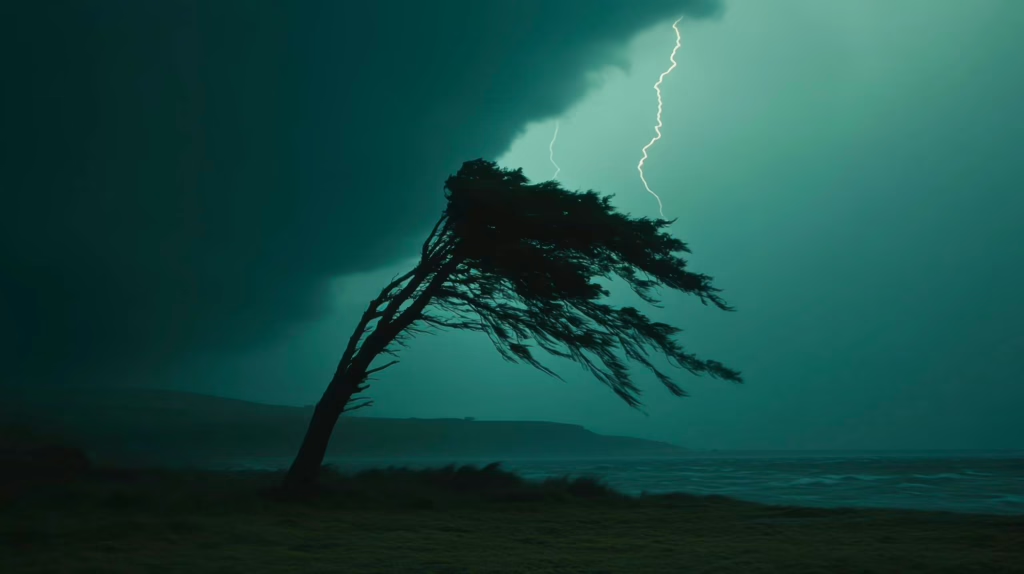
Canto V
Make me thy lyre, even as the forest is:
Shelley begs the Wind to make him its musical instrument, just like the forest becomes when the wind blows through it. The forest becomes a “lyre” (a harp-like instrument), resonating with the wind’s energy; Shelley wants to do the same with his poetry.
Figures of Speech:
- Metaphor (poet as a lyre)
- Simile (“even as the forest is”)
- Apostrophe (continued direct address)
- Personification (forest as a lyre played by the wind)
What if my leaves are falling like its own!
He compares himself to the forest again, acknowledging that just as the forest sheds its leaves in autumn, he too is aging and decaying—but that shouldn’t disqualify him from being inspired or moved.
Figures of Speech:
- Simile (“like its own”)
- Symbolism (leaves = thoughts, youth, vitality)
- Parallelism (poet mirrors forest)
The tumult of thy mighty harmonies
Will take from both a deep, autumnal tone,
Shelley says that the wind’s great music, though wild and forceful, will draw from both him and the forest a deep tone fitting for autumn — a blend of beauty and melancholy.
Figures of Speech:
- Oxymoron (“tumult” and “harmonies”)
- Synesthesia (sound described as having “tone”)
- Symbolism (autumn = sorrow, maturity, transformation)
Sweet though in sadness. Be thou, Spirit fierce,
My spirit! Be thou me, impetuous one!
He declares that the Wind’s voice, though sorrowful, is still sweet. In his desperation and passion, he asks for complete fusion — for the wild West Wind to become his spirit, or vice versa.
Figures of Speech:
- Paradox (“sweet though in sadness”)
- Imperative plea
- Apostrophe
- Identity metaphor (“Be thou me”)
Drive my dead thoughts over the universe
Like wither’d leaves to quicken a new birth!
Shelley asks the Wind to scatter his old, lifeless ideas the way it scatters dry leaves — so that, like seeds, they might bring about renewal or creative rebirth.
Figures of Speech:
- Simile (“like wither’d leaves”)
- Metaphor (dead thoughts = fallen leaves)
- Symbolism (scattering = poetic inspiration, rebirth)
And, by the incantation of this verse,
He sees the very act of writing this poem as an “incantation” — a magical chant that can awaken power, creativity, and transformation.
Figures of Speech:
- Metaphor (poem as a spell)
- Self-referential poetic device (poetry as magic)
Scatter, as from an unextinguished hearth
Ashes and sparks, my words among mankind!
He wants his words to spread among people like sparks and ashes from a still-glowing fire — suggesting both warmth and explosive power. His poetry, though born of suffering, still contains life.
Figures of Speech:
- Simile (“as from an unextinguished hearth”)
- Metaphor (poetry = ashes and sparks)
- Symbolism (fire = spirit, message, inspiration)
Be through my lips to unawaken’d Earth
The trumpet of a prophecy!
He pleads to become the mouthpiece for the Wind’s power — his lips sounding a trumpet that will awaken the unresponsive Earth and declare a new message.
Figures of Speech:
- Metaphor (poet as trumpet)
- Personification (Earth = unawaken’d)
- Biblical and revolutionary allusion (prophecy = social change)
O Wind,
If Winter comes, can Spring be far behind?
The poem closes on a hopeful, philosophical note. Winter (symbolizing death, despair, repression) is always followed by Spring (renewal, rebirth, hope). This rhetorical question affirms faith in cyclical change — whether natural, spiritual, or political.
Figures of Speech:
- Rhetorical question
- Symbolism (Winter = suffering; Spring = renewal)
- Philosophical optimism
- Antithesis (Winter/Spring)
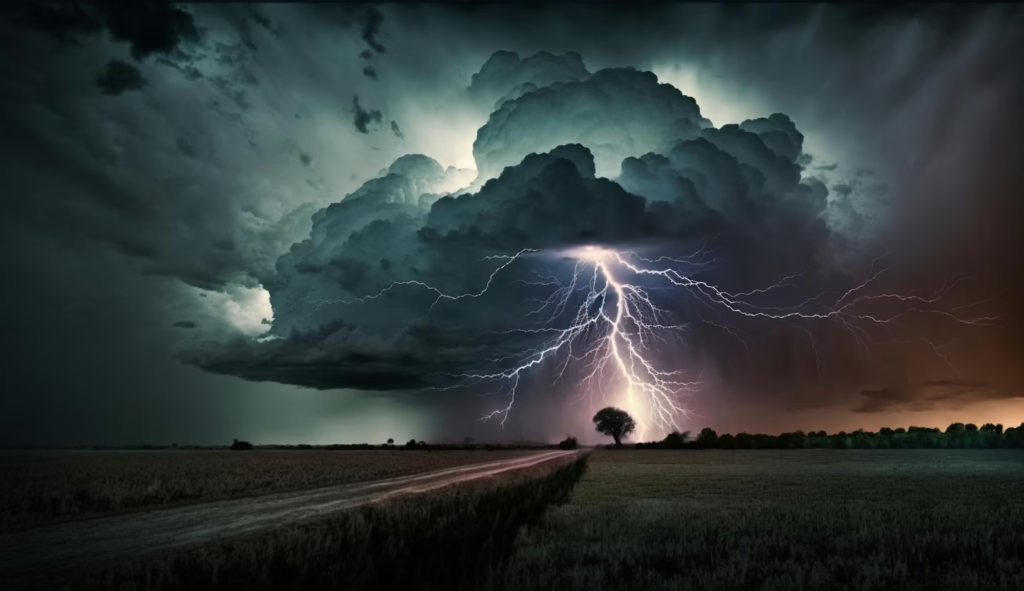
Conclusion
“Ode to the West Wind” culminates not in despair, but in prophecy and renewal. Shelley’s cry to be heard—first as a leaf, then as a lyre, and finally as a voice of change—builds to a vision of poetry as a divine trumpet, capable of awakening a sleeping world. The poem moves from the imagery of death (dead leaves, dying year, thorns of life) to a powerful reminder of natural cycles: “If Winter comes, can Spring be far behind?”
This final line, echoing with both literal and symbolic significance, encapsulates the poem’s central message. Destruction carries the seed of regeneration. Despair gives rise to hope. Nature, in all its fury, becomes a model for spiritual and political rebirth. Through the figure of the West Wind, Shelley not only seeks liberation from his own anguish, but also envisions the poet as a prophetic force—one who, by channeling the voice of nature, can ignite change in the hearts of humankind.


